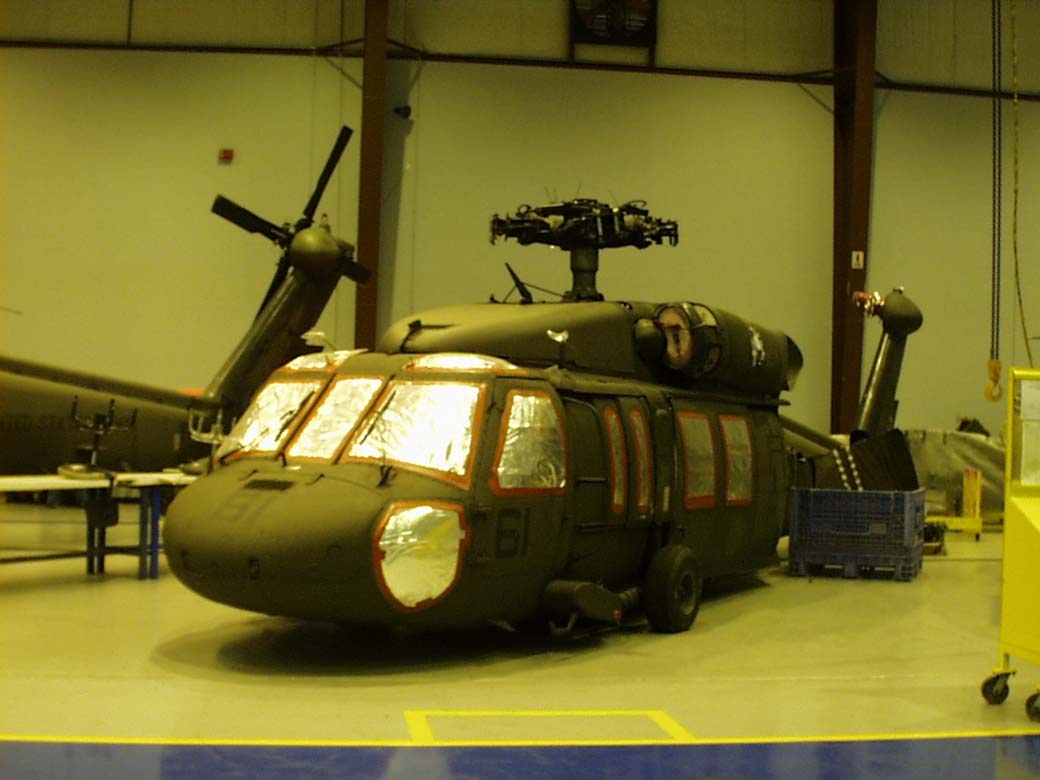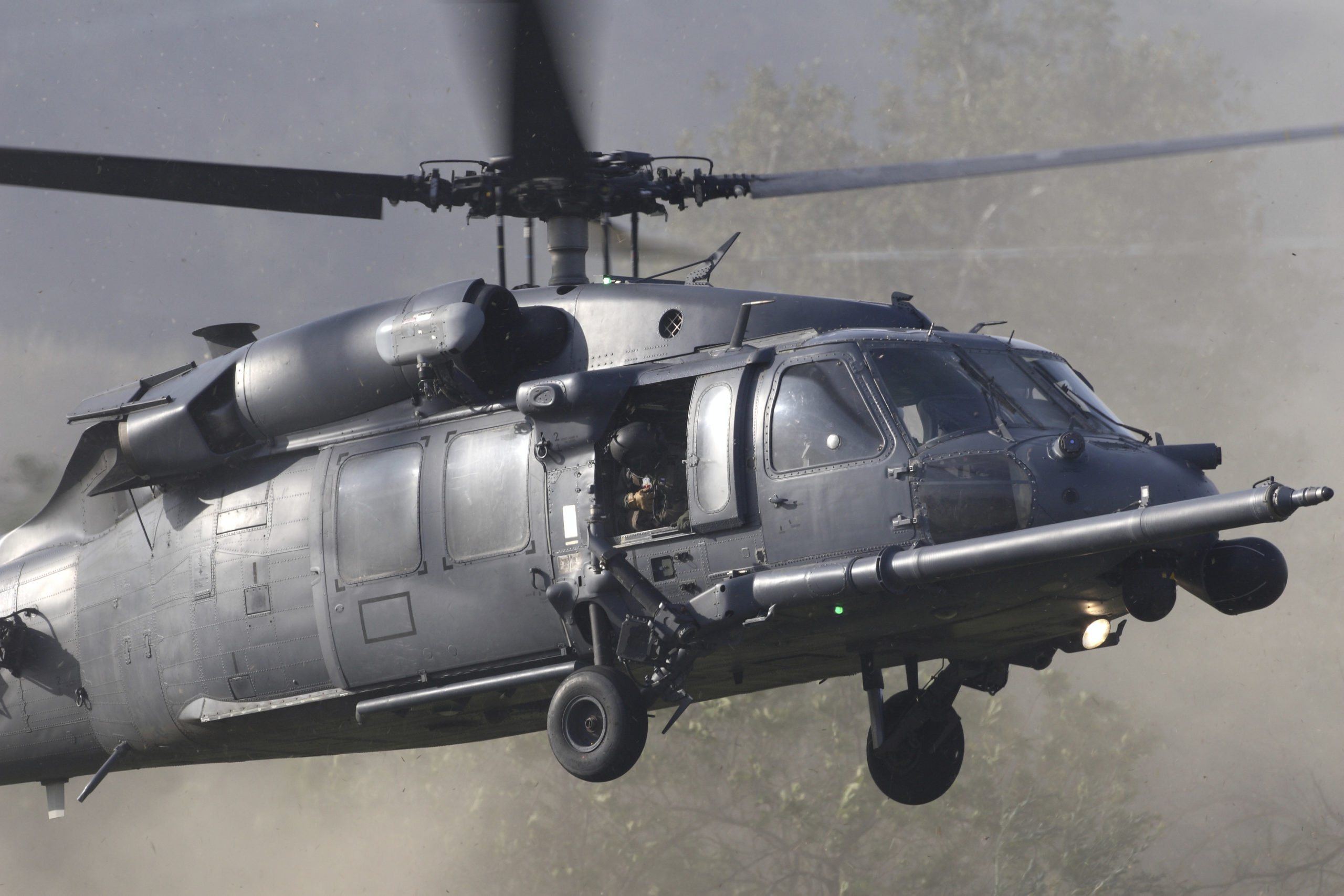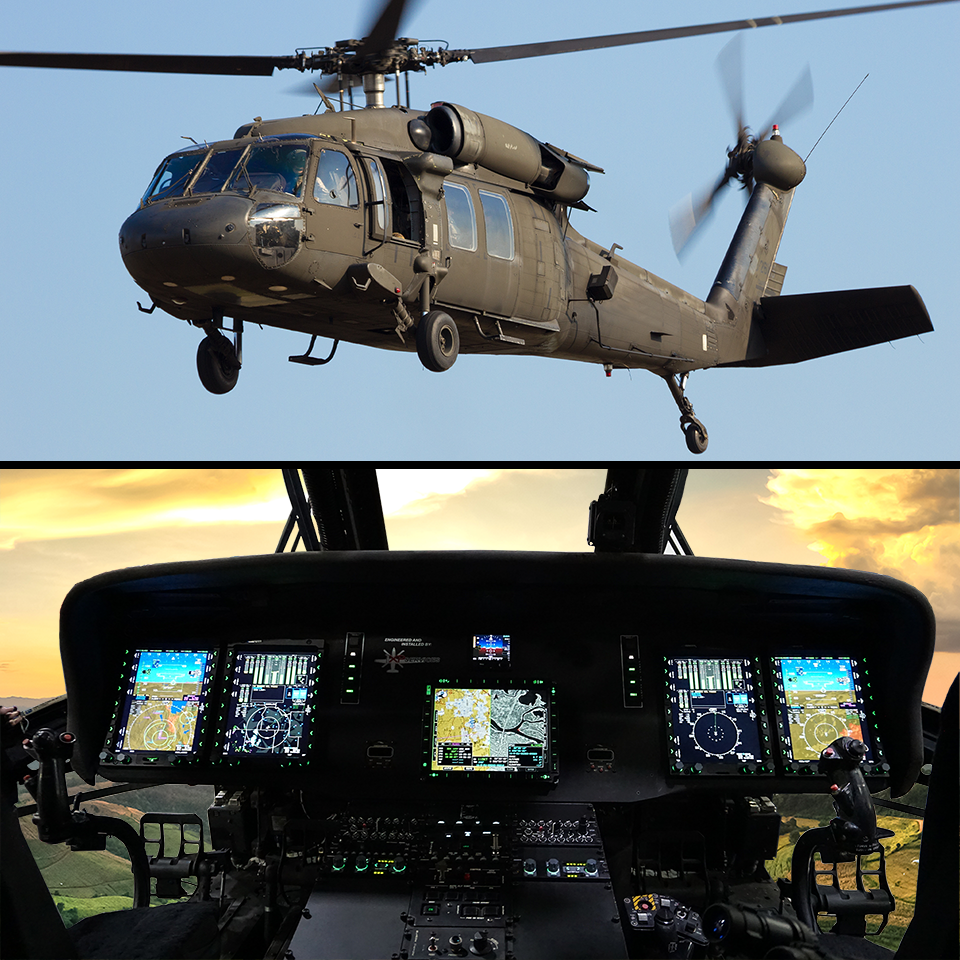Everything You Need to Learn About the UH 60 Helicopter
The UH-60 helicopter, a cornerstone of United state Army aeronautics because its launching in 1979, stands for an exceptional mix of engineering and operational flexibility. As army needs develop, so as well does the helicopter, with ongoing developments intended at improving its capabilities and incorporating modern innovations.
Background of the UH-60
Established in the late 1970s, the UH-60 Black Hawk helicopter arised as a response to the U.S. Army's requirement for a functional energy helicopter that can do a variety of missions under challenging problems. The impetus for its style was the drawbacks recognized in the earlier helicopters used throughout the Vietnam War, specifically in terms of ability to move, rate, and survivability.
The Black Hawk was made by Sikorsky Airplane, integrating sophisticated innovations and materials to enhance its efficiency and durability. It was formally presented into service in 1979, rapidly becoming an important asset for military operations - uh 60. Its capacity to deliver soldiers, medical emptying, and logistical support in both fight and altruistic missions made the Black Hawk a vital component of the U.S. Military's air travel fleet
Throughout the decades, the UH-60 has been continually upgraded, adapting to the altering nature of warfare and the developing demands of modern-day military procedures. Its functional history consists of involvement in major conflicts, peacekeeping goals, and disaster relief efforts, strengthening its online reputation as a reliable and effective helicopter in different environments worldwide.

Style and Specifications
The layout of the UH-60 Black Hawk helicopter regularly mirrors a commitment to operational effectiveness and versatility. Established by Sikorsky Aircraft, this medium-lift energy helicopter features a streamlined, wind resistant fuselage that boosts speed and ability to move. Its tandem rotor system, defined by two counter-rotating blades, lessens vibration and enhances lift capability, allowing for more secure procedures in diverse settings.
The UH-60 is powered by two T700-GE-701C turboshaft engines, offering an optimum rate of approximately 180 knots and a variety of around 400 nautical miles. Its durable airframe is built from sophisticated composite products, making sure resilience while preserving a reasonably low weight. The helicopter has an optimum gross weight of regarding 22,000 extra pounds, sustaining a flexible haul arrangement.

Roles and Objectives
A versatile system, the UH-60 Black Hawk helicopter offers a multitude of functions and missions within armed forces procedures. Developed mostly for troop transport, it is qualified of bring approximately 11 soldiers, making it a vital property for fast implementation and logistical support.
In addition to troop transport, the UH-60 stands out in medical evacuation (MEDEVAC) goals, equipped with innovative clinical equipment to offer important treatment during transportation. Its capacity to run in diverse atmospheres boosts its efficiency in combat next page search and rescue (CSAR) procedures, where quick removal of personnel is essential.
The helicopter also plays a substantial function in reconnaissance and surveillance objectives, utilizing onboard sensing units and devices to gather intelligence. Its convenience prolongs to logistical support, qualified of delivering products and tools to onward operating bases.
In combat procedures, the UH-60 can be outfitted with different weapon systems, enabling it to supply close air support. Its multi-role capability makes the Black Hawk a crucial tool for modern army pressures, adjusting perfectly to the developing demands of battleground scenarios and making sure mission success throughout a variety of functional contexts.
Performance and Capabilities
Known for its durable performance, the UH-60 Black Hawk helicopter flaunts outstanding capacities that improve its operational performance throughout different goals. uh 60. This multi-role airplane is geared up with effective twin-engine Turbomeca Arriel 1D1 engines, giving exceptional rate and ability to move, with a maximum cruise speed of approximately 150 knots and an operational array of around 400 maritime miles
The Black Hawk's innovative avionics and fly-by-wire control systems considerably improve trip safety and handling, permitting it to run in diverse environments, including negative climate condition. Its flexibility is further exemplified by its capacity to bring up to 11 totally geared up troops or a payload of around 8,000 extra pounds, making it optimal for troop transport, medical discharge, and logistical assistance goals.
Furthermore, the UH-60 is designed for survivability, featuring reinforced airframes, ballistic protection for staff and guests, and progressed countermeasure systems to escape hazards. The helicopter's dexterity and rate, combined with its capacity for fast deployment, imp source make it an important possession in contemporary armed forces procedures, guaranteeing that it stays a vital component of tactical air assistance and battleground wheelchair.
Future Dope

One considerable emphasis is the combination of advanced avionics systems, which will improve situational recognition through improved navigating and communication capacities. This consists of the potential use man-made intelligence to aid pilots in decision-making and mission planning.
Moreover, future variations may incorporate innovative products and style features to boost the helicopter's toughness and minimize its radar signature, improving survivability in opposed environments.
The introduction of hybrid-electric propulsion systems is additionally imminent, intending to boost fuel efficiency and decrease logistical problems. Such innovations could prolong operational variety and minimize the helicopter's environmental footprint.

Verdict
The UH-60 helicopter stands for a substantial development in military aviation given that its introduction in 1979. Its durable style, versatile capabilities, and continual useful link upgrades guarantee its significance in different operational duties, including troop transport and medical discharge. As modern technology progresses, future developments will likely enhance its performance through the integration of expert system and hybrid-electric systems. The UH-60's enduring visibility emphasizes its crucial duty in modern military procedures and highlights the recurring development of army air travel modern technology.
The UH-60 helicopter, a keystone of U.S. Military aeronautics since its debut in 1979, stands for an exceptional blend of design and functional versatility. As army needs evolve, so also does the helicopter, with ongoing innovations intended at boosting its abilities and integrating modern-day innovations.The layout of the UH-60 Black Hawk helicopter continually mirrors a commitment to functional effectiveness and flexibility. Developed by Sikorsky Airplane, this medium-lift utility helicopter includes a streamlined, wind resistant fuselage that enhances rate and maneuverability.The UH-60 helicopter represents a substantial improvement in army aviation given that its introduction in 1979.
Comments on “UH 60 Black Hawk Helicopter: Enhancing Military Efficiency and Air Mobility”